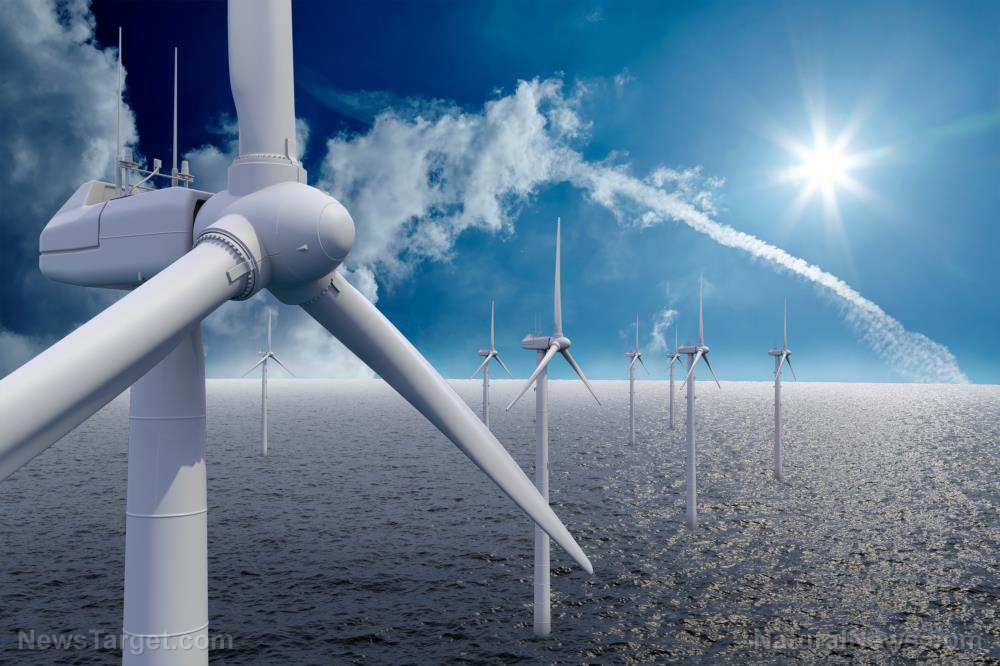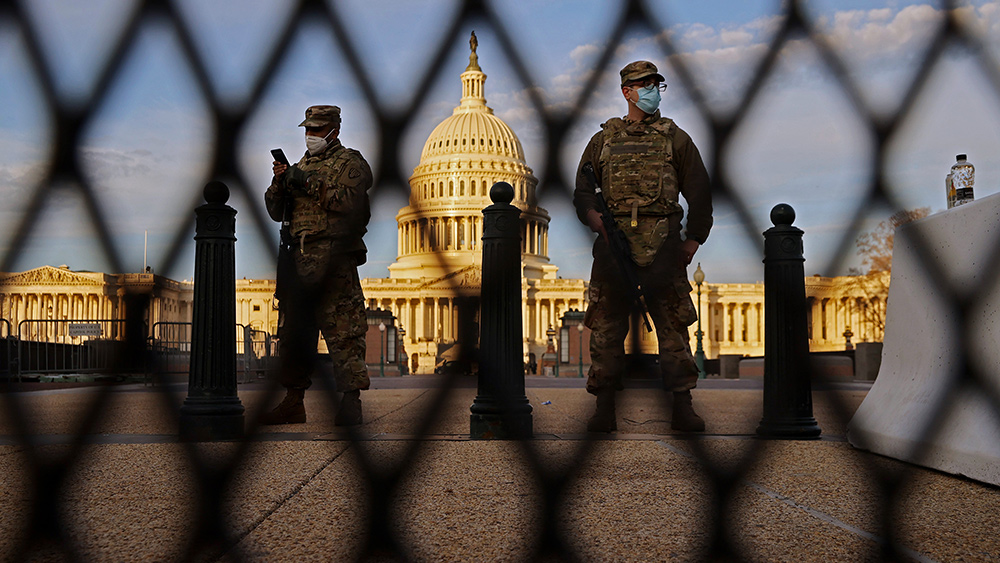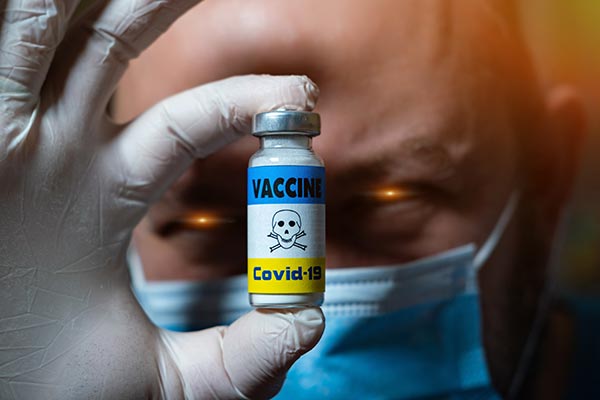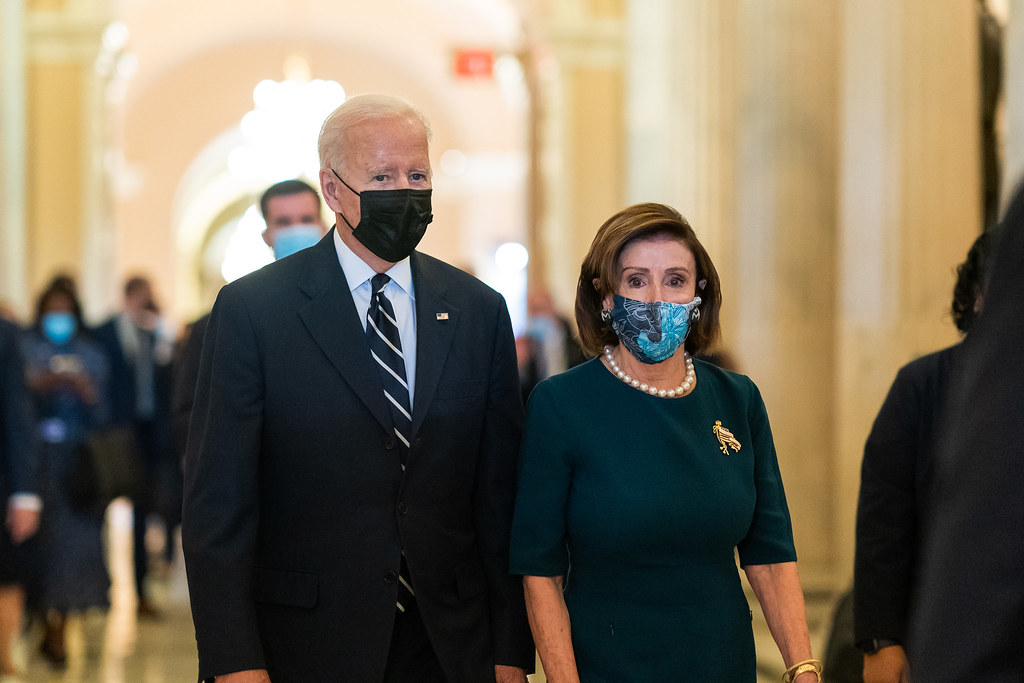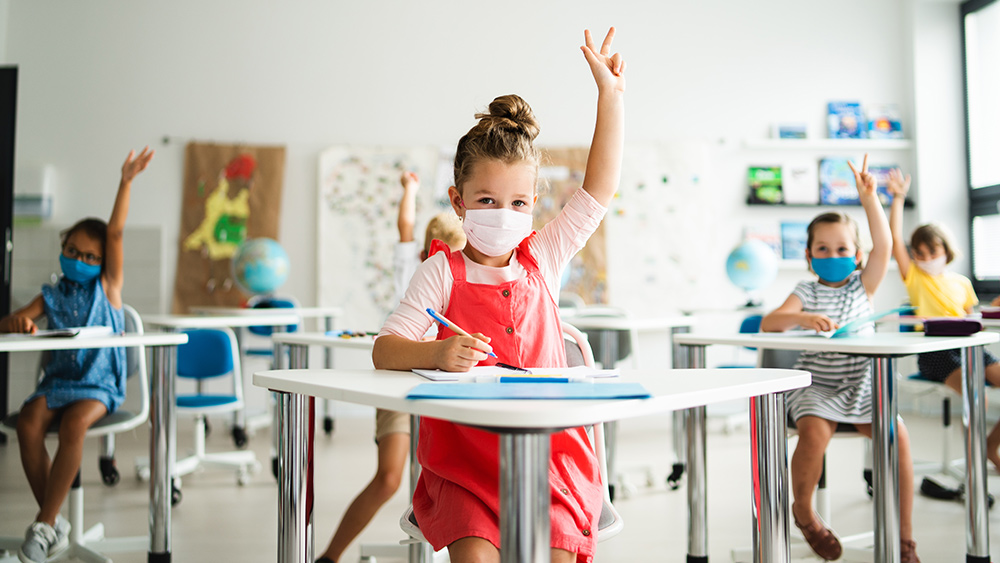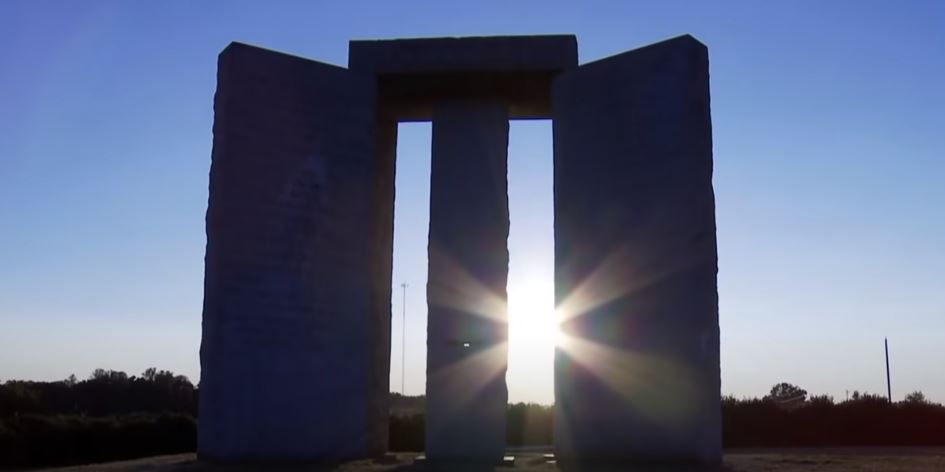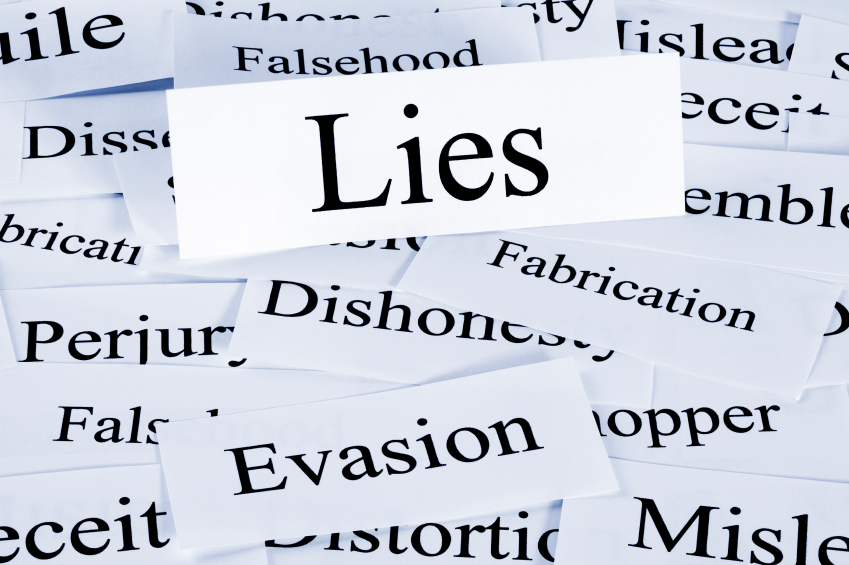Taxpayers robbed again: Vast majority of $800 billion in PPP money went to those who were already well off
07/15/2022 / By Ethan Huff

A new study claims that nearly all of the $800 billion in Paycheck Protection Program (PPP) cash that was handed out by the government during the Wuhan coronavirus (Covid-19) plandemic went to people who were not necessarily in need.
A whopping 75 percent of the “poorly targeted” disbursements were funneled into the bank accounts of people who are already well-to-do, claims the Federal Reserve, which is probably still reeling over the fact that stimulus money was given to ordinary people this time around as opposed to just wealthy corporations like during the 2008 economic recession.
Only one in four recipients of PPP money went to people whose jobs would otherwise have disappeared, the Fed insists. Three in four people who received payouts, conversely, still have their jobs.
Study authors William Emmons, the lead economist at the St. Louis Fed’s Supervision Division, and Drew Dahl, an economist at the St. Louis Fed, say the PPP was a “critical by imperfect policy,” as illustrated by their findings.
“It was poorly targeted, as almost three-quarters of its benefits went to unintended recipients, including business owners, creditors and suppliers, rather than to workers,” the duo wrote.
“Due to differences in the typical incomes of those varied constituencies, it also ended up being quite regressive compared with other major COVID-19 relief programs, as it benefited high-income households much more.”
PPP cost taxpayers $4 for every $1 in preserved wages and benefits for saved jobs
The inefficiencies of the program are further highlighted by the fact that only a fraction of the money spent was successful at saving jobs, benefits and wages amid a crumbling economy.
The study determined that for every $4 in taxpayer money that was spent on the program, only $1 worth of wages and benefits made it to workers whose jobs are said to have been saved by it.
“At the same time, $3 out of every $4 that was doled out through the program went to small-business owners who shared the money with suppliers, banks, and other lenders,” The Epoch Times reports.
Other plandemic-era stimulus programs resulted in much higher percentages of money making it into the hands of people who actually needed it, the study further found.
Citing an analysis by the American Economic Association (AEA), upwards of 72 percent of PPP funds went to the top 20 percent of households based on income levels. This means that rich people were made richer by the program while most poor people received nothing from it.
As we reported back in early 2020, many large corporations also took most of the pie away from small businesses, which were the intended recipients of the money as they were hit hardest by the lockdowns.
Like the Fed, the AEA determined that PPP’s economic impact was “less than hoped.”
“It preserved only a moderate number of jobs at a high cost per job-year retained and transferred resources overwhelmingly to the highest quintile of households,” the group wrote.
“Given the time constraints and, more profoundly, the lack of existing administrative infrastructure for overseeing targeted federal support to the entire population of U.S. small businesses at the onset of the pandemic, we strongly suspect that Congress could not have better targeted the Paycheck Protection Program without substantially slowing its delivery.”
The AEA’s recommendation for future plandemics is to improve the targeting system for stimulus cash to ensure that more of it goes to people who actually need it, and not people who are already rich.
“Lacking such systems, the United States chose to administer emergency aid using a fire hose rather than a fire extinguisher, with the predictable consequence that virtually the entire small business sector was doused with money,” the AEA warns.
The latest news about America’s corrupt financial system can be found at DollarDemise.com.
Sources for this article include:
Submit a correction >>
Tagged Under:
Bubble, Collapse, conspiracy, corruption, deception, dollar demise, economy, fraud, great reset, Joe Biden, market crash, Paycheck Protection Program, pensions, Plandemic, PPP, risk, scam, taxpayer abuse, transfer of wealth
This article may contain statements that reflect the opinion of the author
RECENT NEWS & ARTICLES
COPYRIGHT © 2018 DECEPTION.NEWS
All content posted on this site is protected under Free Speech. Deception.news is not responsible for content written by contributing authors. The information on this site is provided for educational and entertainment purposes only. It is not intended as a substitute for professional advice of any kind. Deception.news assumes no responsibility for the use or misuse of this material. All trademarks, registered trademarks and service marks mentioned on this site are the property of their respective owners.


